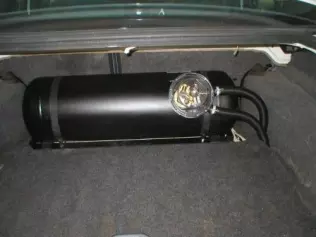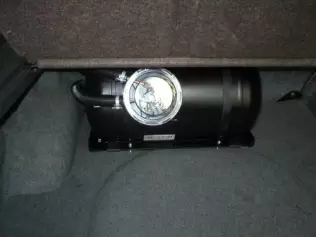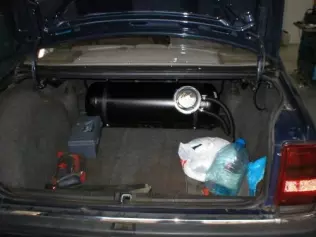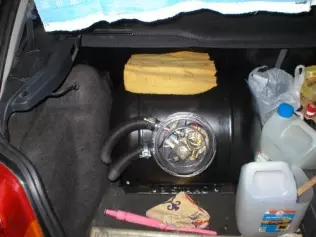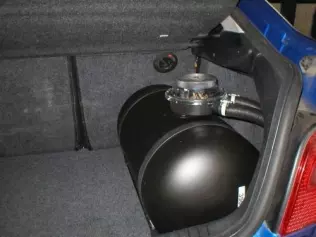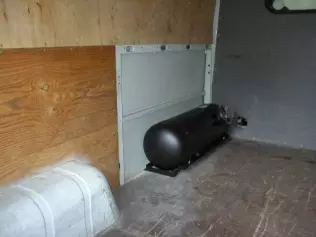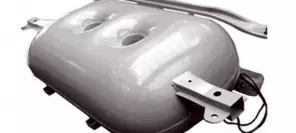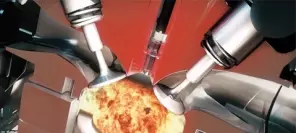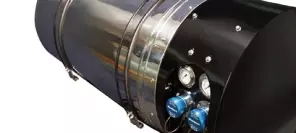- Main page
- Search
- Up to date
- Products
- Technology
- Vehicles
- Video
- Conversion Payback Simulator
Port Injection - Conversion Payback Simulator
Direct Injection - Conversion Payback Simulator
Diesel - Newsletter
Choosing the tank
 loading results...
loading results...Basically, there are two major types of tanks: cylindrical and toroidal (wheel-shaped) ones, available in a variety of subtypes and sizes.
When it comes to ultimate choice, we can always count on professional installers and their experience, but the initial choice is ours since we know best how we use our cars. What needs to be particularly taken into consideration is the frequency and manner of use of the trunk: is it used for transporting large portions of luggage or rather just for storing the spare wheel and a first aid kit? If we do fill it to the brim quite often, what with? Is the rear bench foldable? Taking a minute to answer these questions is definitely worthwhile, for once a tank is in the boot, it is there for good.
Czy możemy w swoim samochodzie rozkładać
A bit of history
In 1993, when first cars were converted to run on LPG in Poland, the issue of tank choice was virtually nonexistent. The only type available was the cylinder with its mandatory red colour.
Choosing tank capacity was merely a dream, too, since there were only 65-litre gross capacity tanks (approx. 52 l net volume), which seemed perfect, almost tailor-made for Fiat 125p's and FSO Polonezes, both very popular at the time. Those tanks also fitted Mercedes W123's and Audi 100's very well, as well as nearly any other model available back then.
Since refueling network was very limited in those early days, everyone opted for tanks that were as large as possible, so that they offered reasonable range without having to refuel too often. 65-, 80- and 110-litre gross capacity tanks were the name of the game, whereas 140-litre ones were the most sought after as they could be used on Polonez Trucks – pickups popular with small businesses.
As the number of dispensing stations grew and newer cars became more commonly converted, „tank fashion” changed. Red gave way to black and cylindrical tanks lost its major role in favour of the more convenient toroidal ones, which leave the trunk fully usable, with the spare wheel stored in a cover and fully portable. The first wheel-shaped tanks in Poland were made by STAKO from Slupsk.
Those were made with external multivalve flanges, which meant that once this kind of tank was fitted on an FSO Polonez, the multivalve and its LPG level gauge were virtually placed under the car, behind the left rear wheel. Nobody really complained about such minor inconvenience – a tank in the spare wheel well was a dream come true anyway.
Cylindrical or toroidal?
That is the question... Donut-shaped tanks are the most often chosen ones today, but that does not mean they are always perfect.
Cylindrical tanks
Given the variety of sizes available, a cylindrical (cigar-shaped) tank can fit into any trunk of any car, be it a hatchback, a saloon, an estate or a coupé. Cylindrical tanks are typically mounted transversely, behind the backrest of the rear seats.
Depending on length, it can take up all the space between inner wheel arches or just a part of it. In the latter case, it might still be possible to transport lengthy objects when the backrest is folded.
A cylindrical tank may also be mounted longitudinally, either along the left or the right side of the car. This allows to use the backrest folding option more freely and was particularly popular before toroidal tanks became common.


